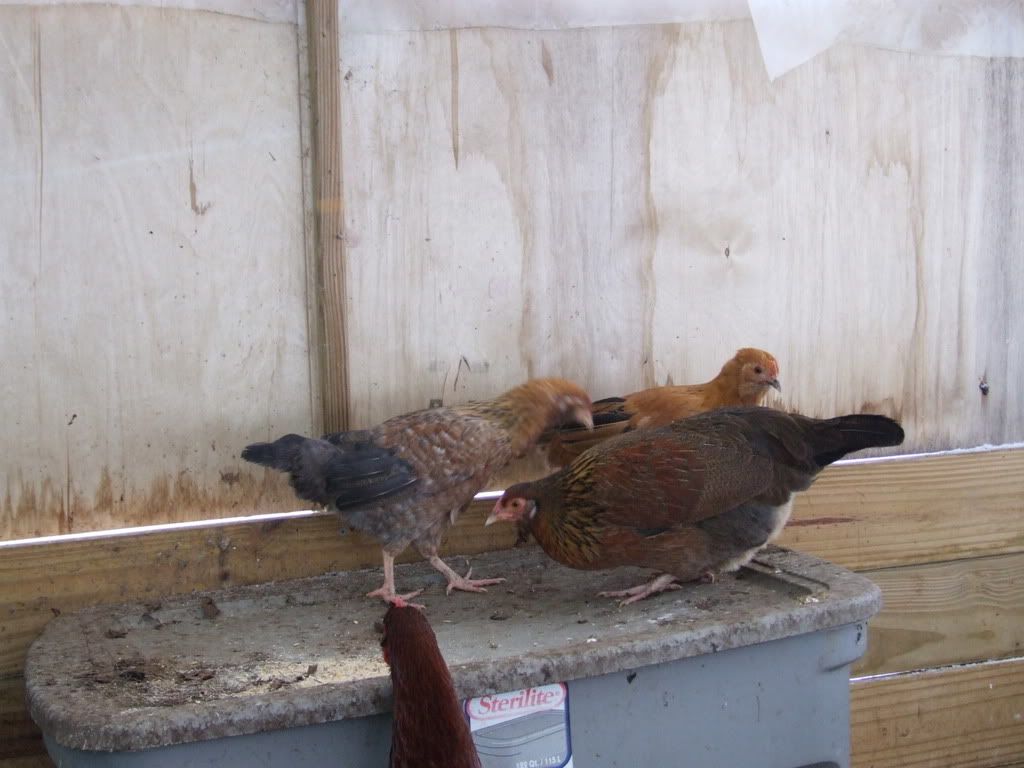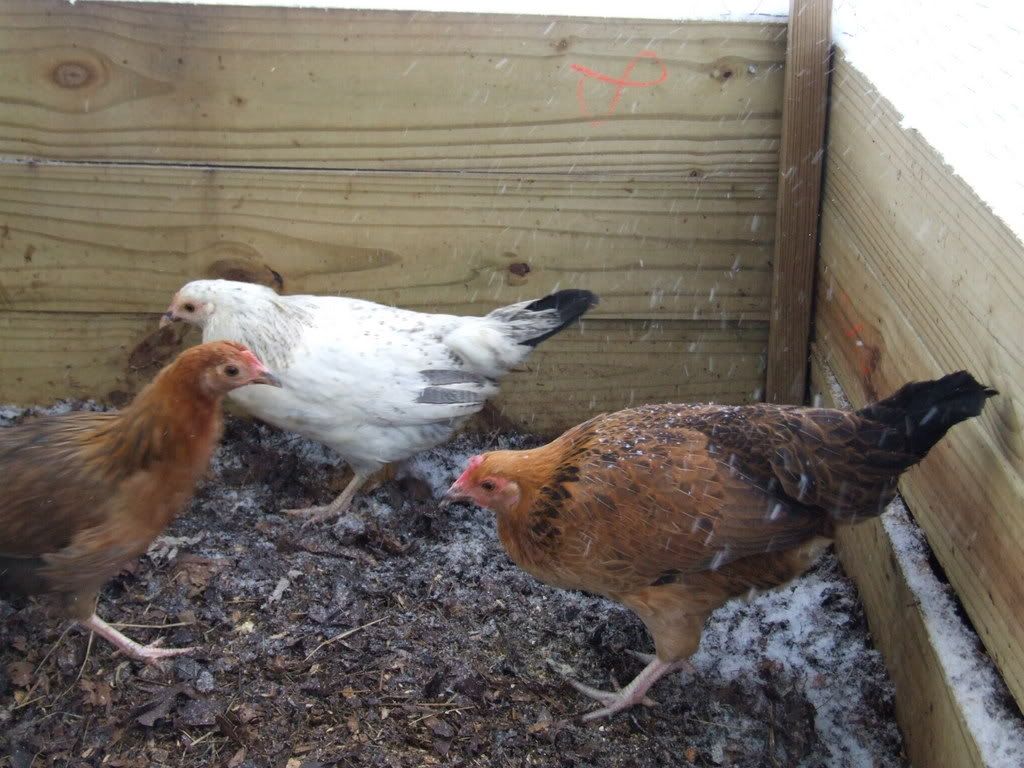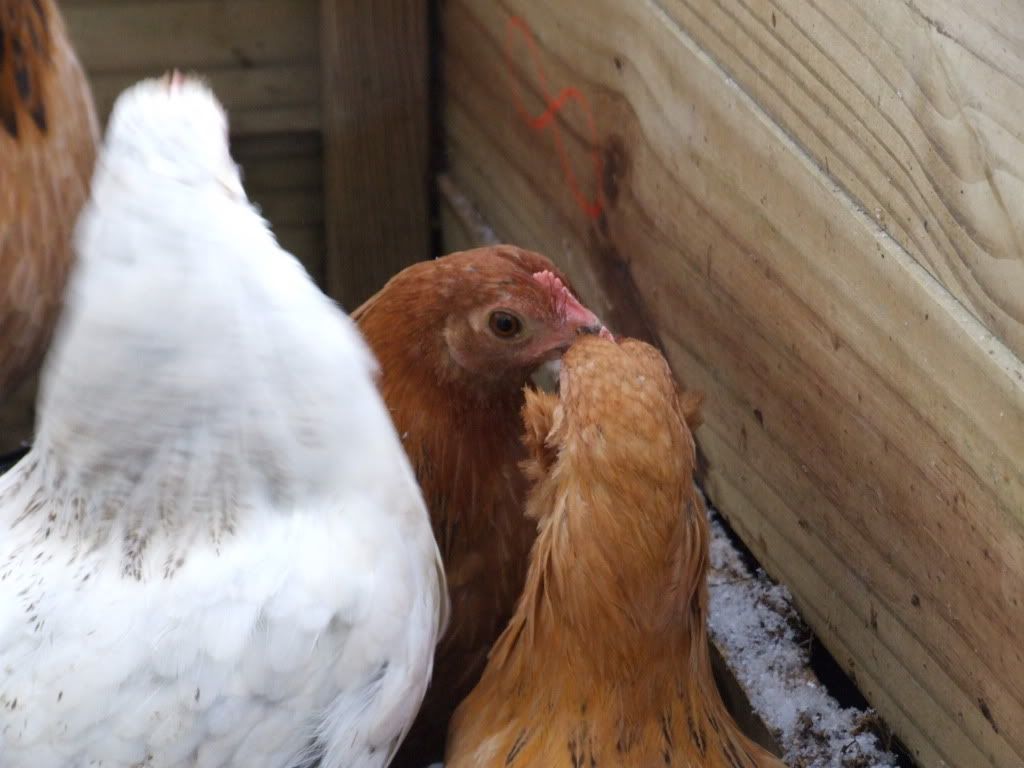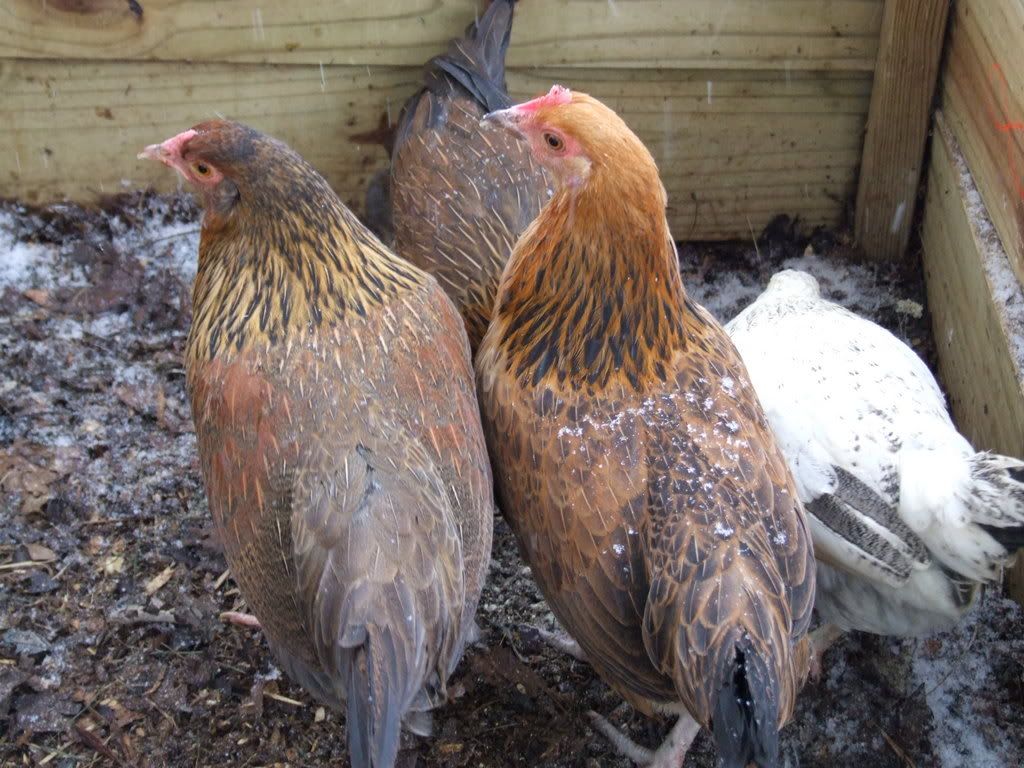Sorry for the bad pun. I couldn't resist.
It snowed most of yesterday, and it looks like we got maybe six inches. This is a lot different from last year, where it rained through most of December and the few snow showers did not stick. I had hoped to put off feeding any hay until the end of December or early January, but with the forage under so much snow I figured I had better break it out, at least for a few days.
I constructed the hay feeder by attaching a sixteen-foot cattle panel to about a ten foot length of the fence. That caused it to bow out far enough to put hay in it, but it was narrow enough that the goats could reach hay that was pretty much anywhere in the holder. I plan to attach a tarp on the top to keep the hay dry, but for now I'm just only putting about a day's worth of hay in there at a time. I'll probably also put some branches in the bottom to help keep the hay off the ground.
In reading around a bit, I found a source stating that adult meat goats eat 3-4 lbs of hay per day, not the five that I had found before. So refiguring at eight adults and two babies, that means I need approximately 38 pounds of hay per day, not 50 as I had thought. The only full months that they should need the full ration of hay are January and February. They should only need supplemental hay in December, and new growth should start showing up near the end of March, so I figure I need about 90 days worth of hay. I'll bump it to 100 to allow for unusually bad weather or other circumstances. So 3800 pounds of hay for the winter. There's about 1800 pounds in the haystack that I cut myself, so I need to buy about a ton. We'll be using the money from selling the lawn mower to pay for all that hay. Next year's goal: produce all needed hay on-farm!
Oh, yes. Paul is not getting deployed because of medical issues with his shoulder and neck. It will be good to have him here, but it means that we probably won't be able to complete many, if any, of the big projects next year. Still, we're trusting the Lord to provide for what we really need, and we'll work with that.
why mulch?
3 weeks ago




